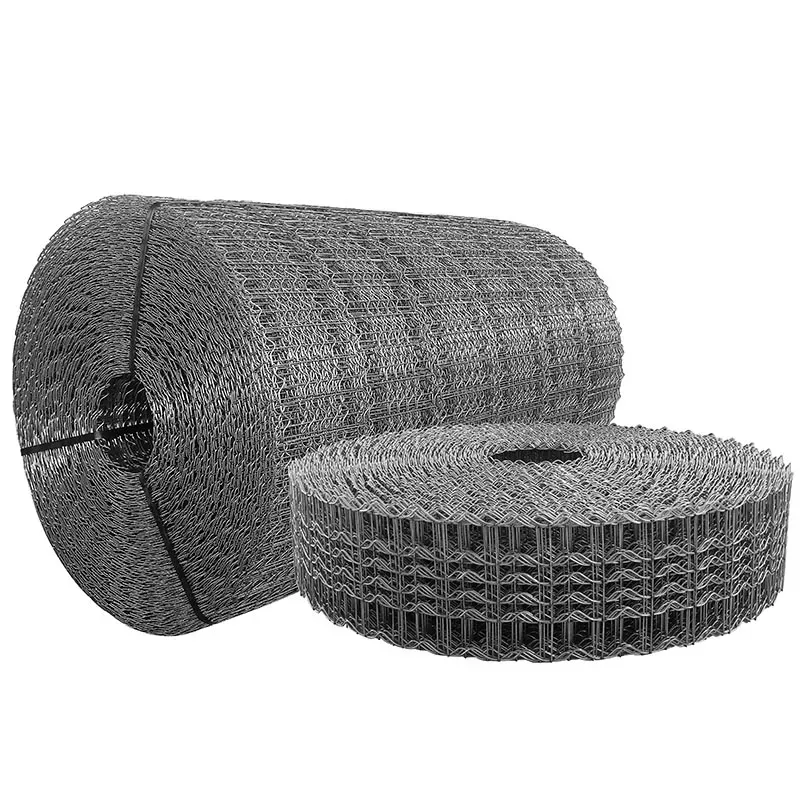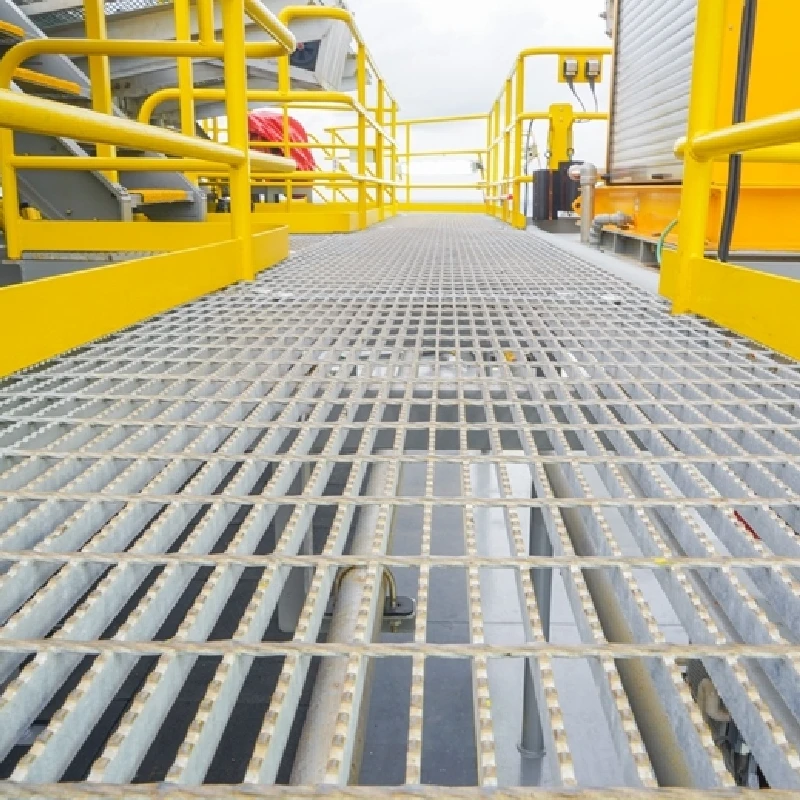- Industrial zone, South of Anping Town, Hengshui, Hebei, China.
- sales@hfpetromesh.com
- +86-18931809706
 Afrikaans
Afrikaans  Albanian
Albanian  Amharic
Amharic  Arabic
Arabic  Armenian
Armenian  Azerbaijani
Azerbaijani  Basque
Basque  Belarusian
Belarusian  Bengali
Bengali  Bosnian
Bosnian  Bulgarian
Bulgarian  Catalan
Catalan  Cebuano
Cebuano  Corsican
Corsican  Croatian
Croatian  Czech
Czech  Danish
Danish  Dutch
Dutch  English
English  Esperanto
Esperanto  Estonian
Estonian  Finnish
Finnish  French
French  Frisian
Frisian  Galician
Galician  Georgian
Georgian  German
German  Greek
Greek  Gujarati
Gujarati  Haitian Creole
Haitian Creole  hausa
hausa  hawaiian
hawaiian  Hebrew
Hebrew  Hindi
Hindi  Miao
Miao  Hungarian
Hungarian  Icelandic
Icelandic  igbo
igbo  Indonesian
Indonesian  irish
irish  Italian
Italian  Japanese
Japanese  Javanese
Javanese  Kannada
Kannada  kazakh
kazakh  Khmer
Khmer  Rwandese
Rwandese  Korean
Korean  Kurdish
Kurdish  Kyrgyz
Kyrgyz  Lao
Lao  Latin
Latin  Latvian
Latvian  Lithuanian
Lithuanian  Luxembourgish
Luxembourgish  Macedonian
Macedonian  Malgashi
Malgashi  Malay
Malay  Malayalam
Malayalam  Maltese
Maltese  Maori
Maori  Marathi
Marathi  Mongolian
Mongolian  Myanmar
Myanmar  Nepali
Nepali  Norwegian
Norwegian  Norwegian
Norwegian  Occitan
Occitan  Pashto
Pashto  Persian
Persian  Polish
Polish  Portuguese
Portuguese  Punjabi
Punjabi  Romanian
Romanian  Russian
Russian  Samoan
Samoan  Scottish Gaelic
Scottish Gaelic  Serbian
Serbian  Sesotho
Sesotho  Shona
Shona  Sindhi
Sindhi  Sinhala
Sinhala  Slovak
Slovak  Slovenian
Slovenian  Somali
Somali  Spanish
Spanish  Sundanese
Sundanese  Swahili
Swahili  Swedish
Swedish  Tagalog
Tagalog  Tajik
Tajik  Tamil
Tamil  Tatar
Tatar  Telugu
Telugu  Thai
Thai  Turkish
Turkish  Turkmen
Turkmen  Ukrainian
Ukrainian  Urdu
Urdu  Uighur
Uighur  Uzbek
Uzbek  Vietnamese
Vietnamese  Welsh
Welsh  Bantu
Bantu  Yiddish
Yiddish  Yoruba
Yoruba  Zulu
Zulu
- Afrikaans
- Albanian
- Amharic
- Arabic
- Armenian
- Azerbaijani
- Basque
- Belarusian
- Bengali
- Bosnian
- Bulgarian
- Catalan
- Cebuano
- Corsican
- Croatian
- Czech
- Danish
- Dutch
- English
- Esperanto
- Estonian
- Finnish
- French
- Frisian
- Galician
- Georgian
- German
- Greek
- Gujarati
- Haitian Creole
- hausa
- hawaiian
- Hebrew
- Hindi
- Miao
- Hungarian
- Icelandic
- igbo
- Indonesian
- irish
- Italian
- Japanese
- Javanese
- Kannada
- kazakh
- Khmer
- Rwandese
- Korean
- Kurdish
- Kyrgyz
- Lao
- Latin
- Latvian
- Lithuanian
- Luxembourgish
- Macedonian
- Malgashi
- Malay
- Malayalam
- Maltese
- Maori
- Marathi
- Mongolian
- Myanmar
- Nepali
- Norwegian
- Norwegian
- Occitan
- Pashto
- Persian
- Polish
- Portuguese
- Punjabi
- Romanian
- Russian
- Samoan
- Scottish Gaelic
- Serbian
- Sesotho
- Shona
- Sindhi
- Sinhala
- Slovak
- Slovenian
- Somali
- Spanish
- Sundanese
- Swahili
- Swedish
- Tagalog
- Tajik
- Tamil
- Tatar
- Telugu
- Thai
- Turkish
- Turkmen
- Ukrainian
- Urdu
- Uighur
- Uzbek
- Vietnamese
- Welsh
- Bantu
- Yiddish
- Yoruba
- Zulu
ມ.ກ. . 13, 2025 15:24
Back to list
what is steel grating
Steel grating is a powerful solution in the realm of industrial and architectural design, providing essential functionality coupled with unparalleled strength. With a variety of applications across diverse sectors, understanding the nuances of steel grating not only highlights its versatility but also its critical role in modern infrastructure.
Understanding load requirements is vital when selecting steel grating for specific applications. Load capacity can vary significantly depending on factors such as the thickness of the bars, the spacing between them, and the type of steel used. It’s crucial to consult with structural engineers to ensure the chosen grating meets the project’s demands for weight-bearing and durability. Beyond material selection, the installation and maintenance of steel grating require a degree of expertise to ensure longevity and safety. Proper fitting and anchoring are essential, and periodic inspections for wear and tear should be conducted to maintain its integral quality. Opting for galvanized finishes can further extend the life span of steel grating by providing a protective layer against rust and environmental wear. Steel grating companies and suppliers typically prioritize sustainable production, aligning with global environmental standards to minimize carbon footprints. Recyclability is another of steel grating's renowned attributes, allowing for reuse of materials without sacrificing quality, which is both economically and environmentally advantageous. In conclusion, steel grating stands out as a quintessential element in construction and industrial applications, combining efficiency, safety, and robustness. An in-depth understanding of its types, materials, and installation nuances not only informs better purchasing decisions but also enhances the structural integrity and operational efficacy of each project it complements. As global infrastructure demands continue to evolve, the significance of steel grating in providing reliable, sustainable, and safe solutions cannot be overstated, underscoring its place as a cornerstone of modern engineering.


Understanding load requirements is vital when selecting steel grating for specific applications. Load capacity can vary significantly depending on factors such as the thickness of the bars, the spacing between them, and the type of steel used. It’s crucial to consult with structural engineers to ensure the chosen grating meets the project’s demands for weight-bearing and durability. Beyond material selection, the installation and maintenance of steel grating require a degree of expertise to ensure longevity and safety. Proper fitting and anchoring are essential, and periodic inspections for wear and tear should be conducted to maintain its integral quality. Opting for galvanized finishes can further extend the life span of steel grating by providing a protective layer against rust and environmental wear. Steel grating companies and suppliers typically prioritize sustainable production, aligning with global environmental standards to minimize carbon footprints. Recyclability is another of steel grating's renowned attributes, allowing for reuse of materials without sacrificing quality, which is both economically and environmentally advantageous. In conclusion, steel grating stands out as a quintessential element in construction and industrial applications, combining efficiency, safety, and robustness. An in-depth understanding of its types, materials, and installation nuances not only informs better purchasing decisions but also enhances the structural integrity and operational efficacy of each project it complements. As global infrastructure demands continue to evolve, the significance of steel grating in providing reliable, sustainable, and safe solutions cannot be overstated, underscoring its place as a cornerstone of modern engineering.
Share
Prev:
Next:
Latest news
-
Why Our Shaker Screen for Sale Stands Out in Every ApplicationNewsAug.08,2025
-
Unmatched Efficiency with Premium Shale Shaker Screen TechnologyNewsAug.08,2025
-
Reliable, Durable, and Cost-Effective: Press Locked Steel Grating SolutionsNewsAug.08,2025
-
Precision Strength with Welded Steel Bar GratingNewsAug.08,2025
-
Perimeter Safety Netting: The High-Strength Shield for Elevated Safety SolutionsNewsAug.08,2025
-
Maximize Performance with Steel Walkway GratingNewsAug.08,2025